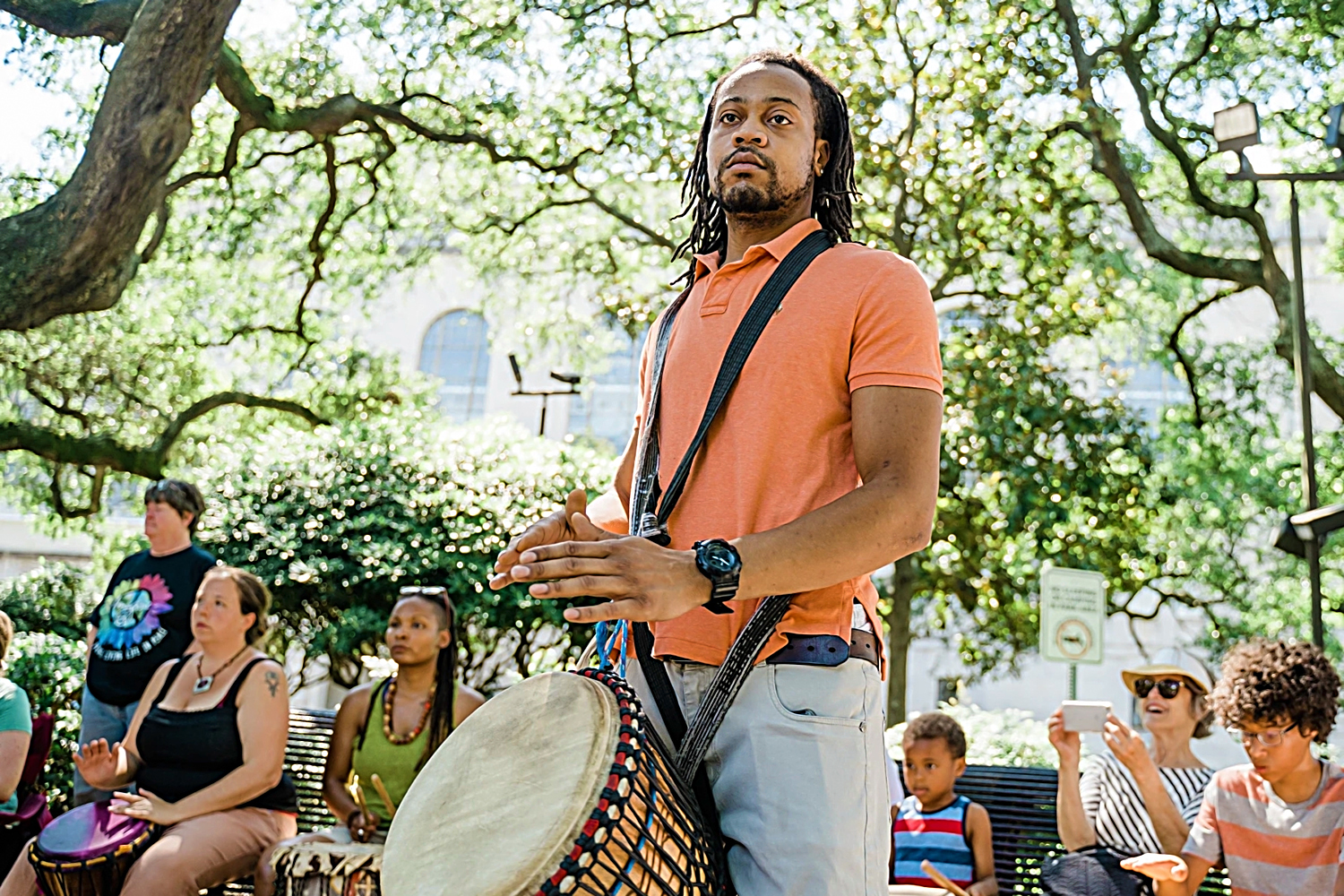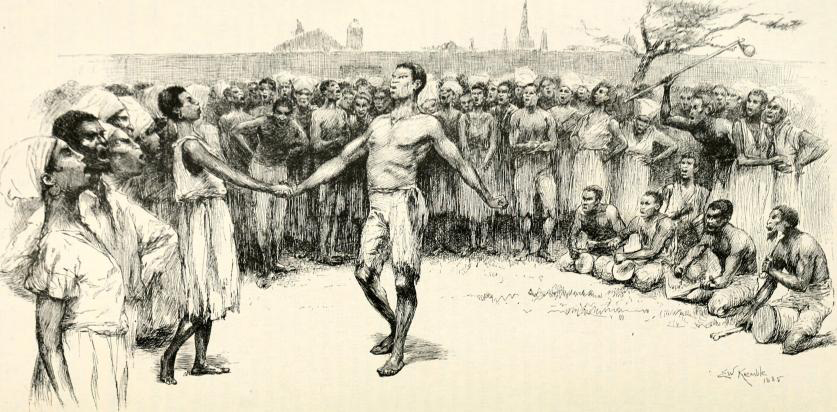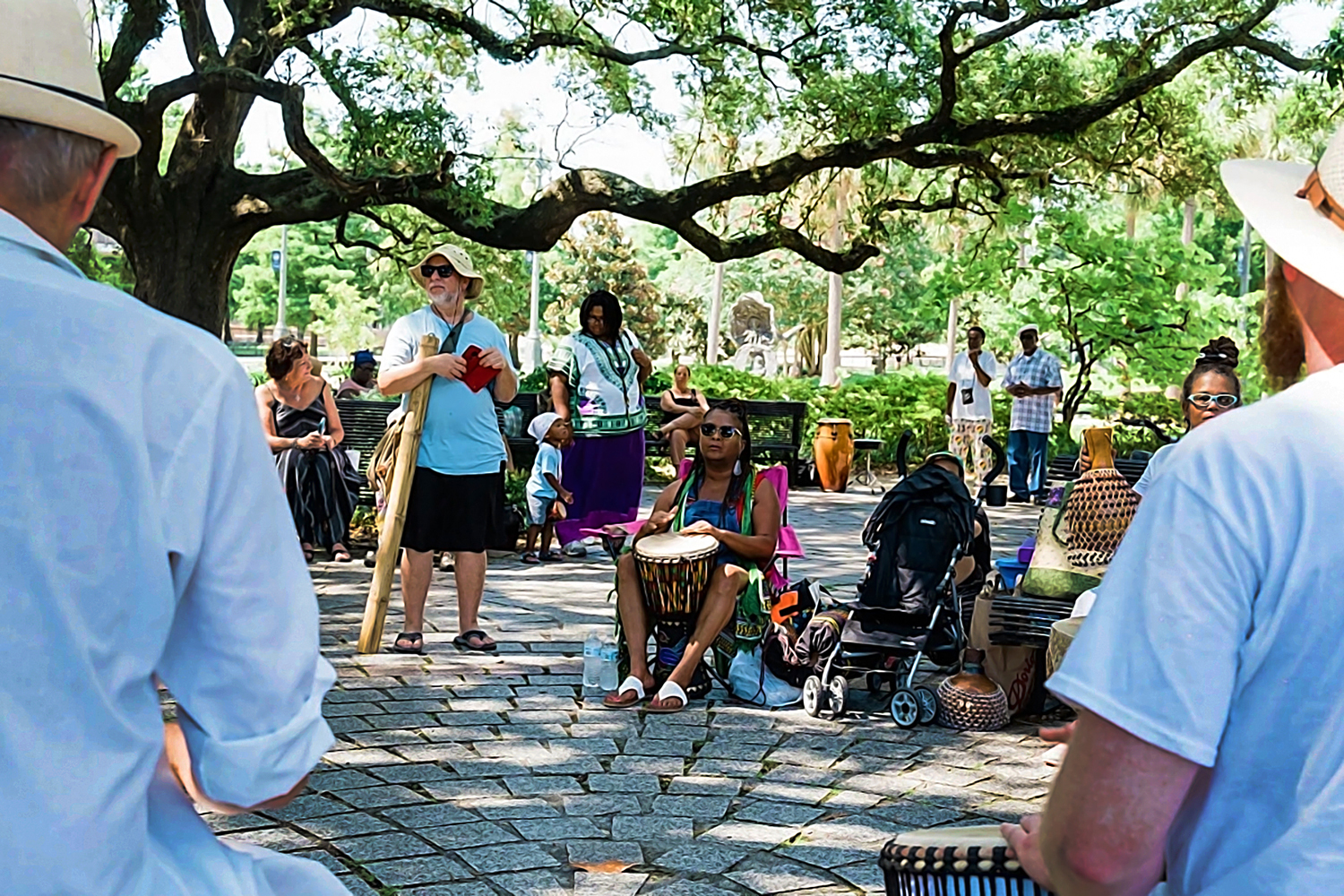By David Wilfong
NDG Contributing Writer
Music has a history. Choose your favorite artist, and chances are you can find the subtle hints of their sound in the artists that they listened to growing up. American music is also one of the primary cultural exports given to the world. In addition to the artists who cultivated the sound, the history of American music is also shaped by the studios which recorded it.
And at an even more basic level, it was shaped by the venues where it was first presented to audiences. The U.S. map is dotted with music venues audiences flock to, and artists aspire to take the stage at, simply due to the legacy of that particular place.
And those venues have spread far beyond our borders.
Today, the ultimate venue for a rock artist has got to be River Plate Stadium in Buenos Aires. It is normally a sports facility, but can pack up to 75,000 for a concert. The musicians who have performed there are simply stunned by the exuberance of Argentine fans. I recently watched a video of a concert there by the band U2, and remembered reading about the lead singer’s journey into the history of the American sound, and the African American influence on this music that had absolutely infected them as young men growing up in Ireland.
But the infection spread much further than that. Recently, in far-flung Indonesia, the all female trio known as Voice of Baceprot excitedly informed their fans that they had been invited to play Wacken. The stages of the Wacken Outdoor Festival in Germany have become another legendary venue for musicians of the harder variety. A very young band, Voice of Baceprot earned the invite with the popularity of their first professionally-produced music video “School Revolution.” In the video, the hijab-clad Muslim girls offer up a foundation of sped-up funk drums and bass, with heavy metal guitar added, and topped off with a layer of Sundanese rap.
Speaking of rap, the Hip-Hop act of TNMK in Ukraine is once again on tour. There are two interesting things about this act. The first is that there is a thriving Hip-Hop scene in Ukraine. The second is that the group itself is named after a music venue. TNMK is an abbreviation for “Tanok na Maidani Kongo.” Translated into English, their name is “Dance at the Congo Square.”
So what is “the Congo Square?”

The short answer is: where the infection began.
Congo Square is a small patch of ground located in New Orleans, La., measuring less than three acres. It is just north of the French Quarter, across Rampart Street, and is one corner of the larger Louis Armstrong Park. It has none of the trappings of the multi-thousand-capacity concert halls and stadiums around the contemporary world, but at its heart it is a music venue. It is perhaps the most important venue in the development of what is American music today; and in turn, of popular music around the globe.
Yet, I myself have walked right by it and never knew it was there.
The history of Congo Square goes back before the arrival of Columbus to the New World. In indigenous culture, it (along with parts of the surrounding area) was known as “Bulbancha.” In Choctaw the name means “place of many tongues.” Even then it was a trading center and gathering place along the river.
Then the Europeans came, and the area was settled by the French, who brought in large numbers of African slaves. In 1724 the Code Noir gave slaves the right to have Sundays off from work. A mayoral decree in 1817 restricted the congregating of the slaves to the area now known as Congo Square.
In this location the slaves were able to revive their music traditions from Africa. The rhythmic style known as Bamboula ruled the day. Eyewitness accounts detail musical movements and accompanying dance that began with a slow tempo and would steadily work its way into a crescendo of high speed beats and frenetic dancing. These Sunday gatherings became a staple of life for slaves in New Orleans. Not long after, the white residents of New Orleans took notice and the Sunday gatherings began to draw large audiences, including visitors to the city.

But music evolves, and as the years passed, the slaves of Congo Square began picking up instruments which had been used by white musicians. Gourds, violins, marimbas and other tonal instruments were thrown into the mix. In an oven of creativity, the rhythmic traditions of Africa were baked in with the melodic scales of Europe, and Jazz came out the other side.
This steady flow of sounds would continue to combine with Blues and other styles to create Rhythm and Blues by the time the 1940s came around. In short order, Rock and Roll was born. Rock music has since blossomed into a wide variation of expressions all over the world, all owing their existence to the same origin.
To be sure, there were many different influences that injected themselves into this progression along the way. But the beat is the fundamental element, and there is a clear line of cause-and-effect that traces all this music back to one place: Congo Square.
By the time the American Civil War came around, the gatherings in Congo Square had quelled. After emancipation the former slaves were no longer relegated to gathering in one location. In fact, in 1893 the square was renamed in honor of Confederate General P.G.T. Beauregard. The knowledge and awareness of its musical past continued through the local population in Treme (the oldest African American neighborhood in America by the way). The name has also popped up intermittently in music produced by noted Jazz musicians, an album by R&B singer Teena Marie, and even in one song by the 80s glam band Great White. However, outside “in-the-know” Jazz circles, the significance of Congo Square has remained largely unsung.
Then, three decades ago interest was sparked again. This legacy is now kept alive by the Congo Square Preservation Society. The organization began operating in 1989, when Luther Gray and other local musicians and activists sought to pay homage to the city’s percussive past.

“We had gotten a small grant for four weeks to do four Saturdays,” Gray said. “Over those four Saturdays children came, and women came and families came. It was just a really nice outpouring from the community, and they didn’t want to stop. So that’s how we decided, ‘OK, we need to just make this every Sunday.’ We moved it to Sunday because that is the day the slaves gathered in Congo Square.”
In 2011 local historian Freddi Williams Evans successfully lobbied the city to rescind the square’s Confederate dedication and officially revert the name back to Congo Square. There are numerous local events and music festivals held on the site, but most importantly the Sunday tradition has been revived (though usually smaller in scale).
Along the way there have been a few surprises.
“When we started playing in Congo Square, we had read about the Bamboula but no one knew what the rhythm was,” Gray recalled. “Then a master drummer called Chief Bey, he did an African drummer residency with us in the 1980s. He was at the contemporary arts center. And so the first night he got here we asked him. He was an older man and had been to Africa many times. We said, ‘Do you know the Bamboula?’ He said, ‘Yeah, I know the Bamboula, I worked with Pearl Primus’.”
Bey then gave a demonstration of the beat to the Congo Square drummers.
“Man … all of us, our jaws dropped wide open,” Gray said. “We were like, ‘What?’ You know why we were so surprised? Because it was the rhythm of the Second Line! The rhythm of New Orleans is that rhythm, but no one called it the Bamboula. We call it the Second Line.”
Second Line is the basis for the funeral processions New Orleans is known for, with a slow mournful meter to the cemetery, and a jubilant celebratory sound on the way back.
“In other words, we never lost the rhythm for hundreds of years,” Gray said. “So the whole New Orleans way of playing Hip-Hop, Second Line, Jazz; it was all based on the Bamboula.”
In a cursory online search of iconic and historic American music venues, I found no reference to Congo Square (though New Orleans’ Tipitina’s Uptown did get a mention on one of the lists). I find this to be a travesty of musical justice. Congo Square gave birth to Jazz. She is the grandmother of R&B, and the great-grandmother of Rock. Taking all the sub-genres of those into account, can anyone name another venue through which so much current music flowed?
U2, Voice of Baceprot and TNMK are all sonic descendants of Congo Square; as are just about every artist we all listened to growing up. For a music enthusiast, Congo Square is sacred ground.
So if you find yourself in New Orleans on a Sunday afternoon, you can generally bank on a gathering in Congo Square at 3 p.m. There, you can experience the rhythms that shaped the future of music in the very place where it all began. Sometimes you may be able to catch a larger music festival.
If you are there any other day and the square is empty, you can simply put on your headphones and load up the playlist of your own life story. Take the moment to reflect on the continuum running from the days of displaced slaves all the way to the day when you first discovered the power of music yourself.
And if the spirit moves you … you too can dance at the Congo Square.
(It’s New Orleans. No one will judge.)
Hear a more detailed lecture on Congo Square, including social and economic impacts, from historian Freddi Williams Evans here: https://youtu.be/5LxT9EkZrUU
Evans’ in-depth book on the history of Congo Square: http://www.freddievans.com/africanrootsinneworleans
The Congo Square Preservation Society: https://www.congosquarepreservationsociety.org/
Other Areas of African American Interest to check out…
Where Black NOLA Eats has a really strong social presence locally and is a wealth of information about Black-owned restaurants in the city. They released a list of their most recommended spots in the city: https://www.instagram.com/p/CRff85cFDVY/
Every inch of the Backstreet Cultural Museum—from the front porch, to the pictures that adorn the wall, to the costumes and artifacts—contains a story. The Backstreet Cultural Museum provides guided tours that encourage visitors to learn more about why New Orleans’ processional traditions are so important.
Studio Be is home to local artist, Brandan ‘Bmike’ Odums’ first solo project. The visual art housed in this 35,000 sq. ft. warehouse depicts the stories of revolutionaries, heroes and everyday New Orleanians.
The Louisiana Office of Tourism recently debuted the Louisiana Civil Rights Trail website, an interactive site featuring sections that span culture & commerce, desegregation, meeting places, and protests and confrontations.
Whitney Plantation Museum is the only museum in Louisiana with an exclusive focus on the lives of enslaved people. During your visit, you will learn about the history of slavery on a southern Louisiana sugarcane plantation.




